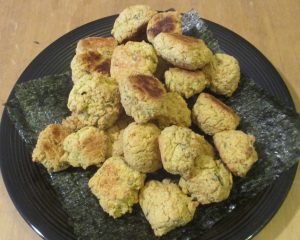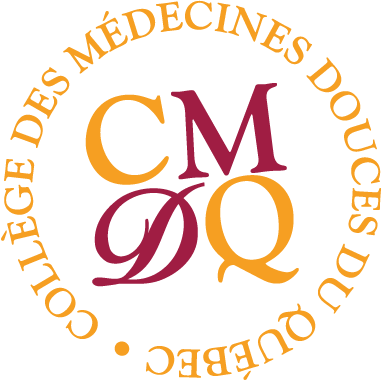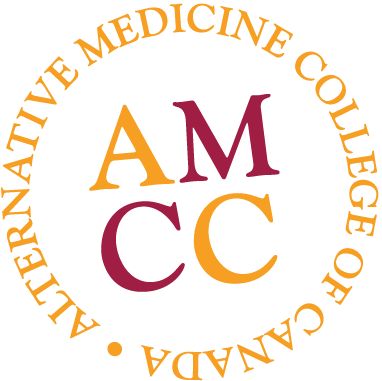In my local grocery store, not renowned for its health products, I discovered a pack of seaweed ready to eat. A glance at the ingredients tells me it’s free of salt and added sugar. Not bad not bad! But is it really healthy? To know this, we have to take a look at the AMCC courses.
Seaweed, Treasure of Vitamins and Minerals
In Course 142, Nutrition Basics, we discover that algae contain the following minerals and trace elements (remember that, I’ll send you an exam next week!):
- Zinc: Enters into the constitution of more than one hundred enzymes; plays a role in the main metabolisms (carbohydrates, lipids, proteins); Is one of the elements that make up pancreatic insulin; Maintains the health of the prostate in humans; Stimulates the production of lymphocytes; Is involved in the synthesis of serotonin.
2. Manganese: Is a powerful antiallergic; Promotes the metabolism of fats and sugars; Anti-infectious action; Necessary for bone growth; Help in the sense of balance; Involved in the reproduction functions.
3. Lithium: it is the mineral of emotional and psychic disorders.
4. Iodine: enters the composition of thyroid hormones; Participates in cellular metabolism; Plays a role in the speed of enzymatic reactions; Assistance with combustion and oxygen consumption; Regulates growth, reproduction, neuromuscular function, and metabolism of skin and hair.
5. Copper: contributes to the synthesis of hemoglobin and proteins, to the absorption of iron and to the proper functioning of the cardiovascular function, the skeleton and the nervous system; Strengthens the natural defenses of the body; Anti-infectious and anti-inflammatory action.
6. Fluorine: contributes to bone strength; Prevents tooth decay; Delays the formation of dental plaque.
7. Chlorine: essential to water balance and nerve transmission; Regulation of osmotic pressure; Acid-base balance; Disinfectant substance of macrophages against microbes.
The AMCC does not recommend drinking chlorinated water from your pool.
8. Iron: essential constituent of hemoglobin; Essential for oxygenating tissues and respiratory functions; Allows the formation of muscle myoglobin; Contributes to the activity of many enzymes.
— The usefulness of iron is more than proven, just see how much it costs for a month of supplements!
9. Potassium: main regulator of the water content of each cell of the body; Regulates the osmotic pressure and establishes the acid / base balance; Increases the excitability of the heart, nervous system and muscles; Plays an important role in the metabolism of carbohydrates and proteins.
10. The Sodium: with potassium, regulates the osmotic pressure and establishes the acid / base balance; Controls the distribution of water outside the cells; Participates in muscle contraction and transmission of nerve impulses; Regulates the function of the secretory glands.
11. Calcium: acts on the neuro muscular control; Required for intercellular links; Participate in triggering hormonal reactions; Allows the building of the skeleton, its growth and its solidity.
Seaweed as an Alternative to …
1) Milk as Calcium Source
In a diet low in dairy products, we often fear calcium deficiency: for this we turn to vegetable sources that must be consumed regularly, including seaweed. Indeed, we have seen that algae contain, as well as almonds, lentils and cruciferous.
2) Fish as Omega Source 3
Fish and fish oil are the main natural sources for combining DHA (docosahexaenoic acid) and EPA (eicosapentaenoic acid). Some nuts, seeds or vegetable oils actually include omega 3 fatty acids but they are neither DHA nor EPA, they are ALA (alpha-linolenic acid). The only natural alternative to fish are algae and seaweed oils, but they are harder to find on the market than fish, in general …
All the minerals and trace elements (listed before but the list is not exhaustive) are found in seaweed! According to the AMCC’ approach, dietary intakes are preferred over supplements. Thus, seaweed is a very relevant option for meeting the needs of vitamins and minerals.
Indeed, the mineral content of seaweed is 10 times higher than that of cultivated plants! Thus, people who eat seaweed rarely suffer from mineral deficiencies. Finally, seaweed contains very little fat (less than 5%).
Which Algae to Choose?
In fact, there are no large studies on the variation in the nutritional composition of marine algae by species. The limited data available to date suggests that this variation may be significant, and that it also depends on the seasons and coastal waters, but we have no further details. In addition, the traditional classification of algae by color (green algae, red algae, brown algae, blue algae) does not really help the research: it is based only on pigments.
Algae are a very relevant option from the moment they are chosen with strict criteria (quality of provenance etc.). For example in France there are producers of quality organic algae in Bretagne.
Brown algae such as wakame, kombu and kelp contain a polysaccharide of marine origin called “fucoidan” and found nowhere else. “Fucoidan” is attracting considerable attention as an ingredient in cosmetics, as it has beneficial activities such as reducing the effects of aging skin and improving the sensitivity of the skin. It is also the active ingredient in hair products aimed at reducing hair loss or restoring hair.
All algae in general are complete vegetable proteins (unlike terrestrial plants). Spirulina is part of blue-green algae, but you also have green algae (sea lettuce, ao nori, ulva ..), red algae (dulse, nori …), brown algae (wakame, kombu, arame, sea bean …)
The richest seaweeds in:
protein: spirulina and nori.
magnesium: sea bean and sea lettuce.
calcium: sea lettuce, wakame, lekombu, dulse.
copper: fucus
potassium: laminaria
vitamin B12: nori, spirulina, dulse
omega-3: nori, spirulina
Send feedback
How to Eat Them?
If you’re a parent, you’re probably wondering by now how to incorporate these magical algae into our children’s meals. If yours are like mine, a little bit on the clever side, they’ll soon discover the pot of roses of your green algae.
Here are some tried-and-true recipes. You can find fancier ones online, but with children I always say “the simpler the better” (with everyone actually).
- In a pancake. We take our normal pancake recipe and add small pieces of shredded algae. I also put some chocolate chips to confuse the children (it’s almost the same color). A winner!
- In potatoe patties. The grated potatoes are mixed with eggs and tuna. Then add the algae to the blender. The mixture is crushed by hand to make patties that are cooked in the oven with olive oil. That’s it! Yum.
- In meat falafels. The chickpeas (which you have soaked overnight) will be mixed with seaweed, olive oil, ground turkey, salt and pepper. The whole oven heats up to 200F in the form of small balls oiled slightly. They’re done, you can put a fork in them!
Even if you have to add some ketchup or chocolate, the end justifies the means!

Could you guess some algae are hidden inside those pancakes. The children sure didn’t!





Leave a Reply